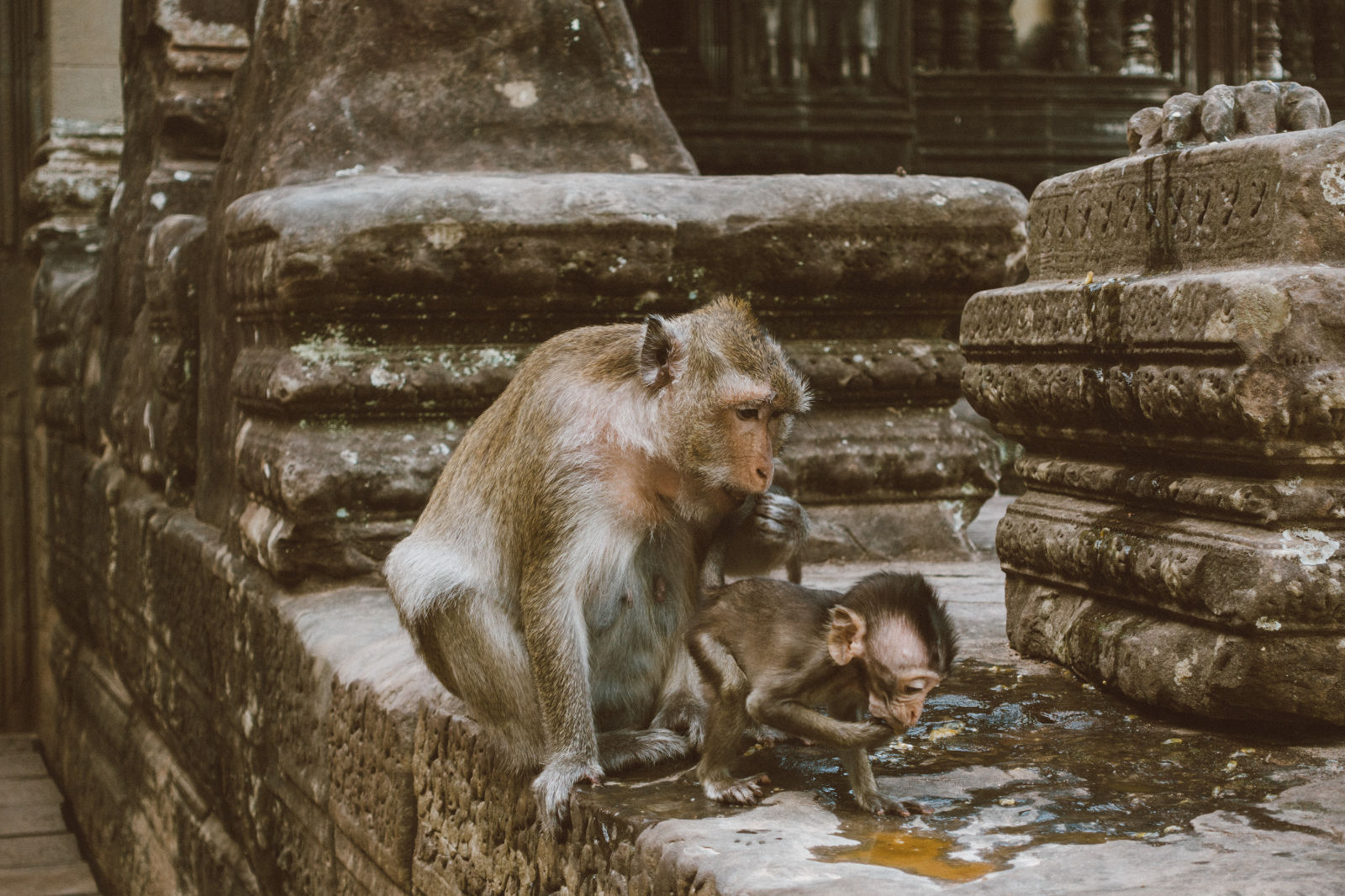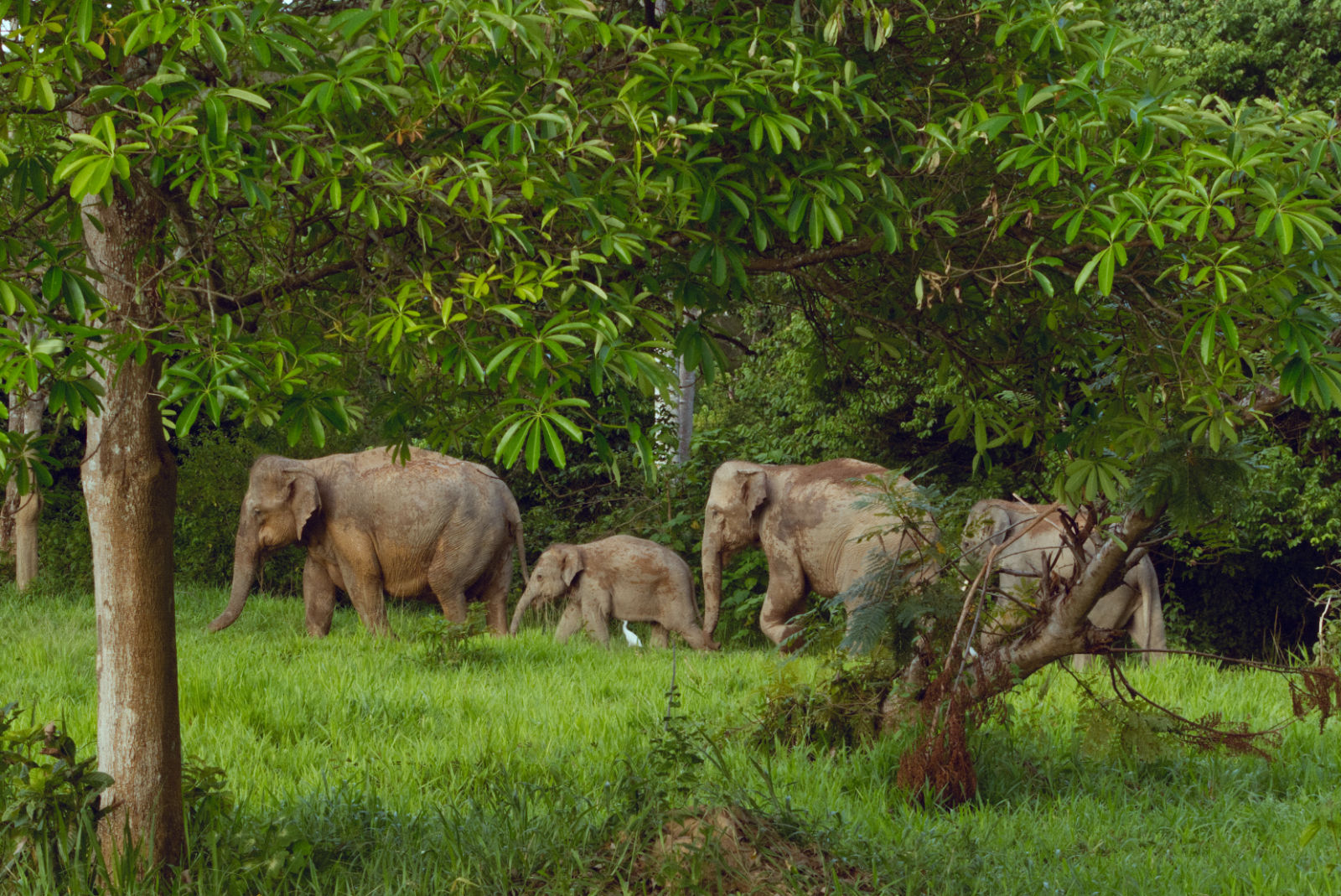We may earn a commission when you purchase through affiliate links. Learn more.
Minimize your Impact on Nature
Whenever we venture into nature—with or without a camera—it’s crucial to follow guidelines that minimize our impact on wildlife and their habitats. It’s easy to underestimate the effect we have as individuals, but a visit to nearly any national park, wilderness area, trail, or campground reveals the truth: humans can be messy and careless. As photographers, we have a responsibility to be stewards of the environment, ensuring that nature remains unscathed for future generations. While we all make mistakes, keeping these principles in mind will help reduce our negative impact on the wildlife we love.
Respect Habitats and the Wildlife That Lives There
A stressed animal can become a real danger to both itself and to humans. Some photographers, in their quest for the perfect shot, may inadvertently push animals into dangerous situations, such as onto roads or away from nesting and feeding areas. Our goal as photographers should be to capture natural behavior as it exists in nature, not disrupt it or try to create our own version of it. Minimizing your impact not only ensures happier, healthier animals but also results in more authentic and compelling photos.
- Stay Out of Sight and Smell: Avoid wearing strong fragrances like perfumes or scented shampoos. Keep your voice low while hiking and remain silent when observing or photographing wildlife. Even subtle stress can cause animals to abandon nests, miss mating opportunities, or abort hunts—events critical to their survival.
- Keep Your Distance: Use long telephoto lenses to photograph wildlife from afar. If an animal shows signs of agitation, move further away. Avoid approaching animals during sensitive times, such as mating, nesting, or feeding their young.
Limit Your Physical Impact on the Environment
Trails and paths exist not only to keep us from getting lost but also to minimize habitat destruction. Stick to established trails whenever possible. When no trails exist, tread carefully—animal nests, burrows, and delicate plant life are easily destroyed by a careless step. While one person’s impact might seem small, the cumulative effect of increasing numbers of visitors can harm fragile ecosystems.
- Leave No Trace: Pack out all trash, including food wrappers and biodegradable items like fruit peels. Follow the principles of Leave No Trace to ensure you leave the environment as you found it.
- Avoid Trampling Vegetation: Stay on durable surfaces like rocks or gravel when possible. Avoid stepping on fragile plants or disturbing soil.

Respect the Natural Balance
- Don’t Feed Wild Animals: Feeding wildlife can lead to dependence on humans, altering natural feeding behaviors and reducing their fear of people. This can result in dangerous encounters, such as bites or vehicle collisions. In some areas, the feeding of wildlife species has altered natural migratory patterns, which can alter entire ecosystems.
- Avoid Artificial Lighting: Flash photography can startle and stress animals. Use natural light whenever possible, and keep flashes to a minimum. While humans may have gotten used to flash photography, bright flashing lights can be frightening and disruptive to wildlife.
- Be Mindful of Vulnerable Times: During mating, nesting, or harsh weather conditions, animals are more vulnerable. For example, chasing a fox or deer through snow might inadvertently drive it closer to predators like wolves.
Make Nature Your Priority
You may have seen photos of some safari tours, with dozens of vehicles crowded in a tight circle around a single lion or following it in hot pursuit as photographers aim their lenses out the windows. Our desire for the perfect shot—and the normalization of these activities—can sometimes drive us to put our photography ahead of the well being of the animals, but the more conscious we are of our impact, the better stewards of nature we’ll be.
Some tours and excursions prioritize helping photographers get the perfect shot over the well-being of animals and the environment. Avoid supporting businesses that harass wildlife or damage ecosystems for closer shots. Instead, choose ethical tours and guides that respect nature and its inhabitants. Ethical practices, such as maintaining a safe distance, can actually increase your chances of witnessing natural behaviors—without disrupting the balance.
Digital Manipulation and AI in Photography
In both wildlife and nature photography, there’s an expectation of honesty and accuracy. Viewers assume that what they see in a photo reflects reality. While minor adjustments like cropping, adjusting levels, or correcting white balance are generally acceptable, significant manipulations—such as adding or removing elements—can mislead viewers and damage your credibility.
Most nature photographers feel that while creativity is important, viewers should be able to trust that what they see in a photo is an accurate representation of what was really in nature. With the exception of fine art photography, where a greater degree of manipulation is usually expected and condoned, most wildlife photographers draw the line at minor adjustments like cropping and straightening the horizon and making small changes to levels, contrast, and white balance.
- Be Transparent: If you significantly manipulate a photo, disclose it. Honesty preserves your reputation and maintains trust with your audience and avoids embarrassment and conflict later.
- AI in Photography: The rise of AI tools has made it easier than ever to quickly alter images, adding and subtracting elements with a single button-click. While AI can enhance creativity, it’s important to use it ethically. Avoid using AI to create misleading scenes, such as adding animals that weren’t present or altering landscapes beyond recognition. If you use AI-generated elements, clearly disclose their use.
- Avoid Controversy: Every year, photographers face backlash for undisclosed manipulations in contests or publications. Stay true to the scene you witnessed.
Final Thoughts
Wherever you go to photograph nature or wildlife, prioritize the well-being of the environment and its inhabitants. Follow the advice of rangers and trail signs, and always take steps to reduce your impact. While creativity is important, honesty is essential. Being upfront about your photos—and using AI responsibly—will keep your reputation intact and ensure that your work contributes positively to the world of photography.

